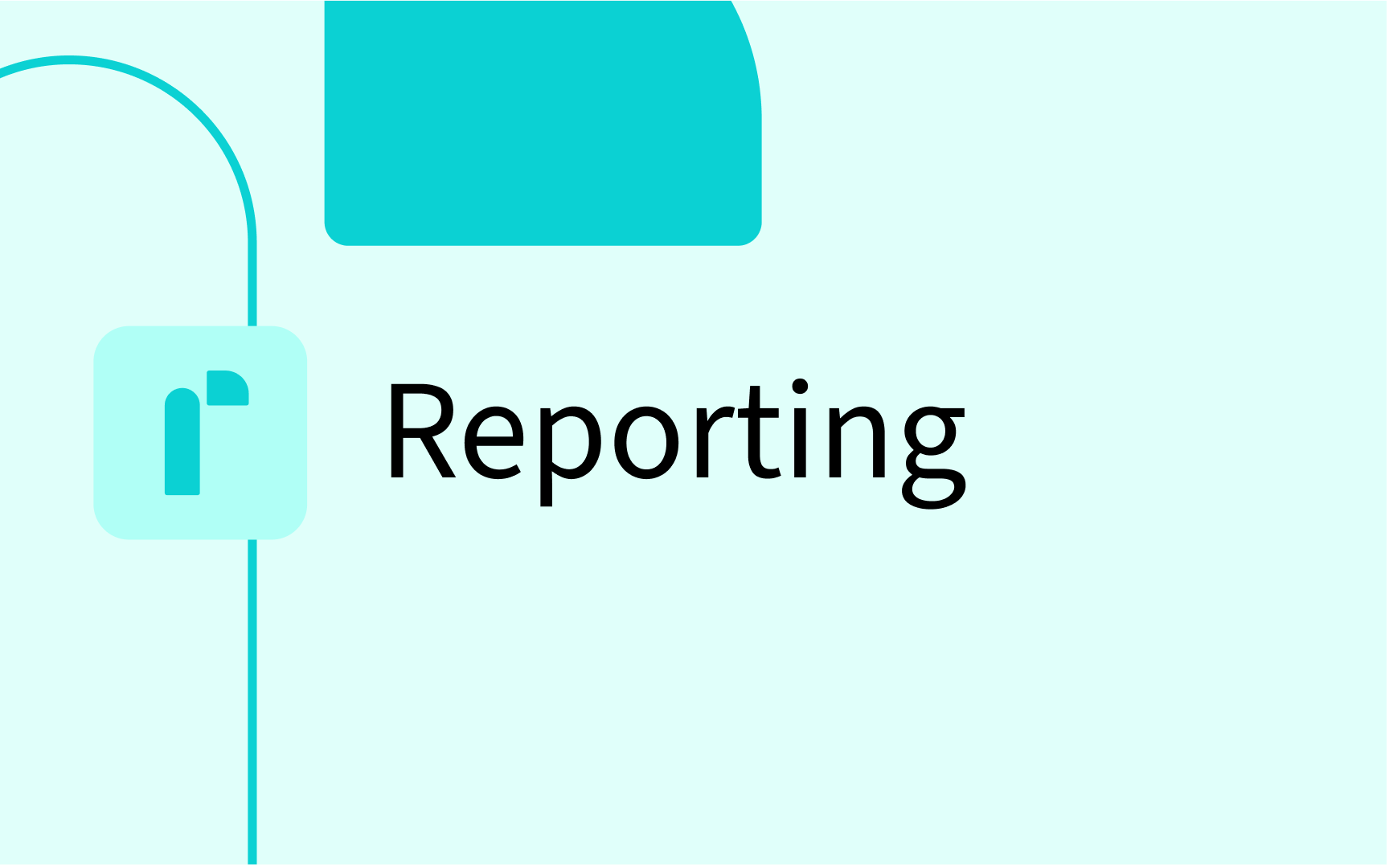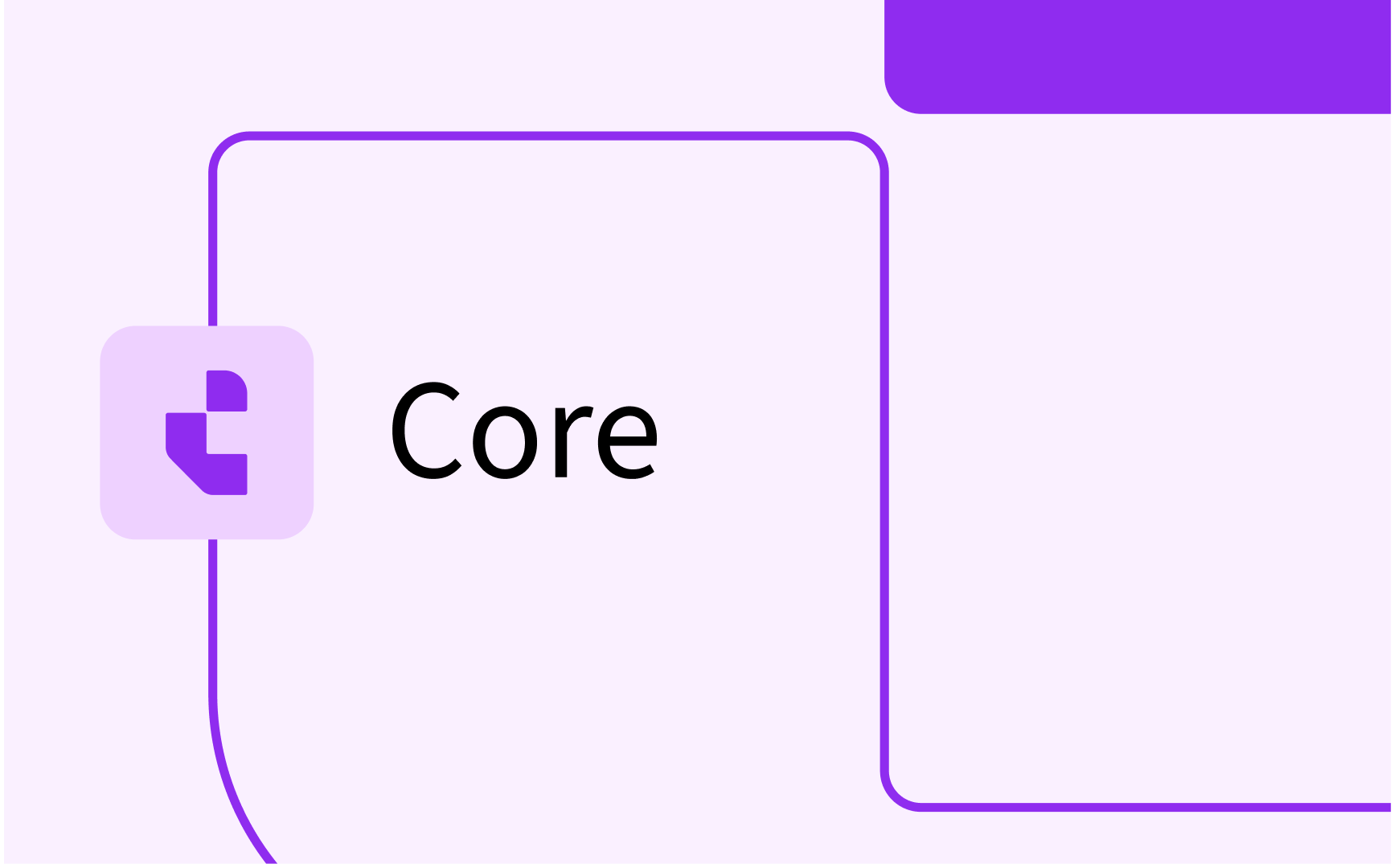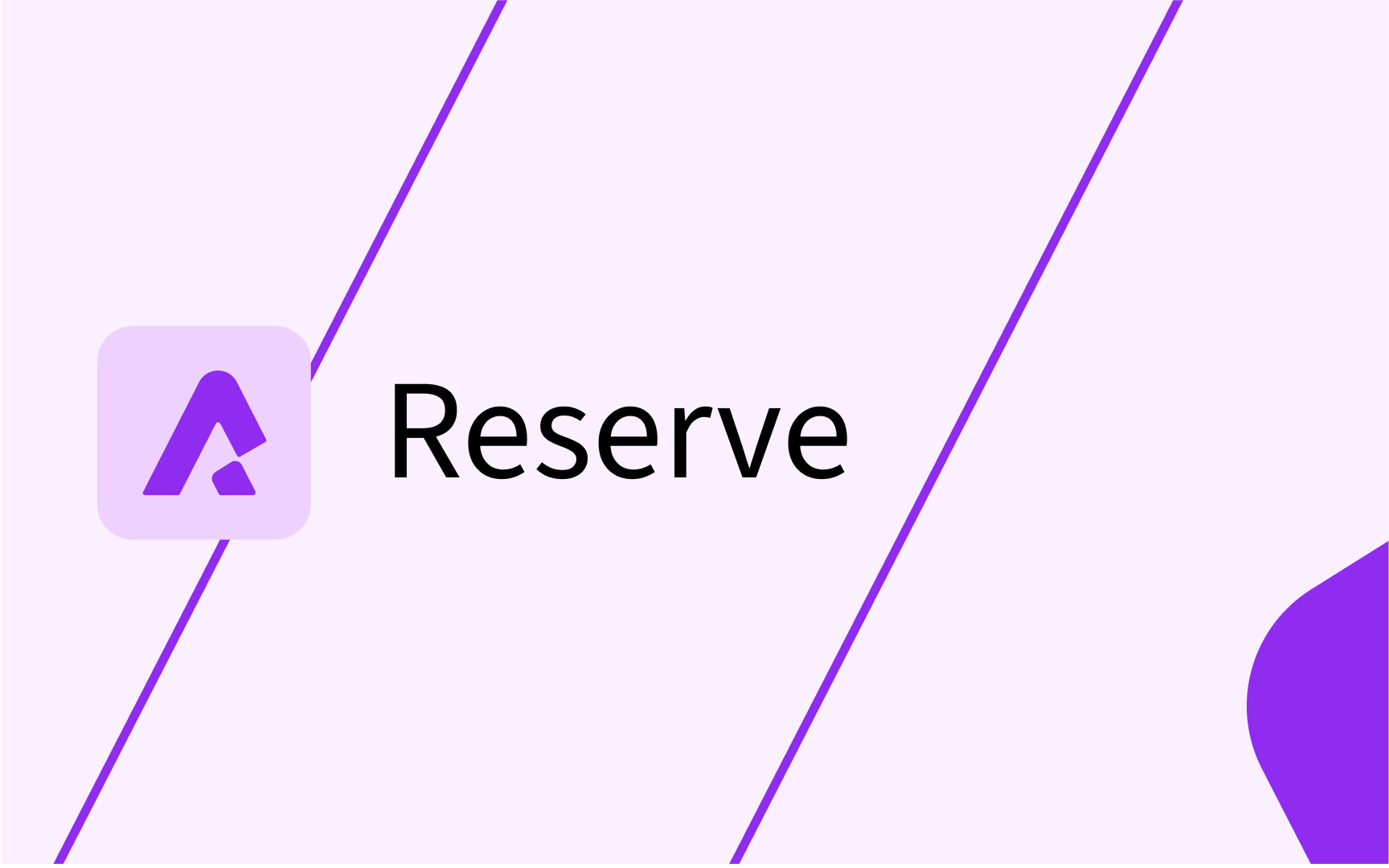Creating and Editing Dashboards

Creating and editing dashboards
Creating and editing dashboards
The 'Dashboard' page is the first page you encounter when you sign in to TE Reporting. The 'Dashboard' page is used to display one dashboard at a time, containing one or many report widgets generated by your workflows. If you've navigated away from the 'Dashboard' page, you can access it again by pressing the 'home' icon in the menu bar:
.png)
Any workflow can be configured to output its data as a Widget, or as an XLSX report file. Changing the output type of a workflow is done on the 'General' tab of the workflow's detail page, read more here.
Open the Dashboard sidebar
The first time you navigate to the 'Dashboard' page, or if you don't have a Dashboard selected, you will be met by an empty state screen:
.png)
To bring up the sidebar that lets you create, edit, and select Dashboards, press the green button in the middle that says 'Select or create a dashboard'. Alternatively, press the 'Edit dashboard' button to bring up the same dialog. This button will always be present on the screen, regardless of whether a Dashboard has been selected or not.
Manage your dashboards in the Dashboard sidebar
Once the sidebar is opened, you can see a list of all of your dashboards, select which one to display, as well as easily creating a new one:
.png)
The dashboard sidebar open showing two dashboards and the button to create new ones
To create a new dashboard, simply click the 'Create dashboard' button. This will take you to the same interface as you'd get to by clicking the 'Edit' button on any of the existing dashboards.
To select which dashboard to display, simply click the dashboard and the page will update to display its contents
💡 The number in the rectangular box on the right hand side of each dashboard denotes the number of widgets added to the dashboard
Edit an existing dashboard
Edit an existing dashboard
Put simply, a Dashboard consists of two things:
- A title
- A set of widgets
A widget, in turn, is also a simply data structure comprised of:
- A title
- A compatible workflow (compatible only means it has to have its output type set to Widget - read more here)
When you're editing or creating a new dashboard, you will see a dialog that looks like this:
.png)
Here, you can:
- Edit the title of the dashboard
- Add, remove and configure your widgets
Edit the widgets of a dashboard
By pressing the 'Add widget' button, a new widget pane will appear in the list. The configurations are simple; enter a title and choose a compatible workflow.
To configure the layout of your widget, refer to the 'Widget configuration' tab of your workflow, as described here.
If you want to remove a widget, press the red 'Remove' button in the right hand corner of the widget pane in question.
Finally, to persist your edits and return to the previous screen, press the 'Update' button in the top right corner.
Configure the layout, position and size of your widgets
Once you have a dashboard selected, you move and resize your widgets to get a layout that fits your workflow.
To resize a widget, select the handle in the bottom right corner of the widget and drag it to its desired size.
.png)
To reorder the widgets, grab the title bar of the widget you want to move, and drag it to its desired location.
.png)
Refresh and edit your widgets on the fly
Refresh and edit your widgets on the fly
You can also edit and refresh your widgets without opening the sidebar. To enter edit mode for a widget, press the ellipsis button (the three dots) in the right hand corner. This will flip the widget over, displaying its configuration parameters:
.png)
From here, you can change the title, the workflow used, as well as see when the widget was last refreshed in the form of when the last successful run of the workflow was made.
💡 NOTE: a widget will ALWAYS use the data from the last successful run from its workflow for the data it displays
You can then choose to save your changes, cancel, or delete the widget by pressing the corresponding button.
To force a refresh of the data, press the 'refresh' button in the title bar:
.png)
This works the exact same way as running your workflow; it will be queued, executed and as soon as its finished your widget will update.
When the workflow is running, it will display its current status (Queued, In progress, Success and Failed) in the title bar. If, for any reason, the workflow should fail your widget will keeping showing the last successful run's data.
.png)
Widget showing its underlying workflow is currently running






